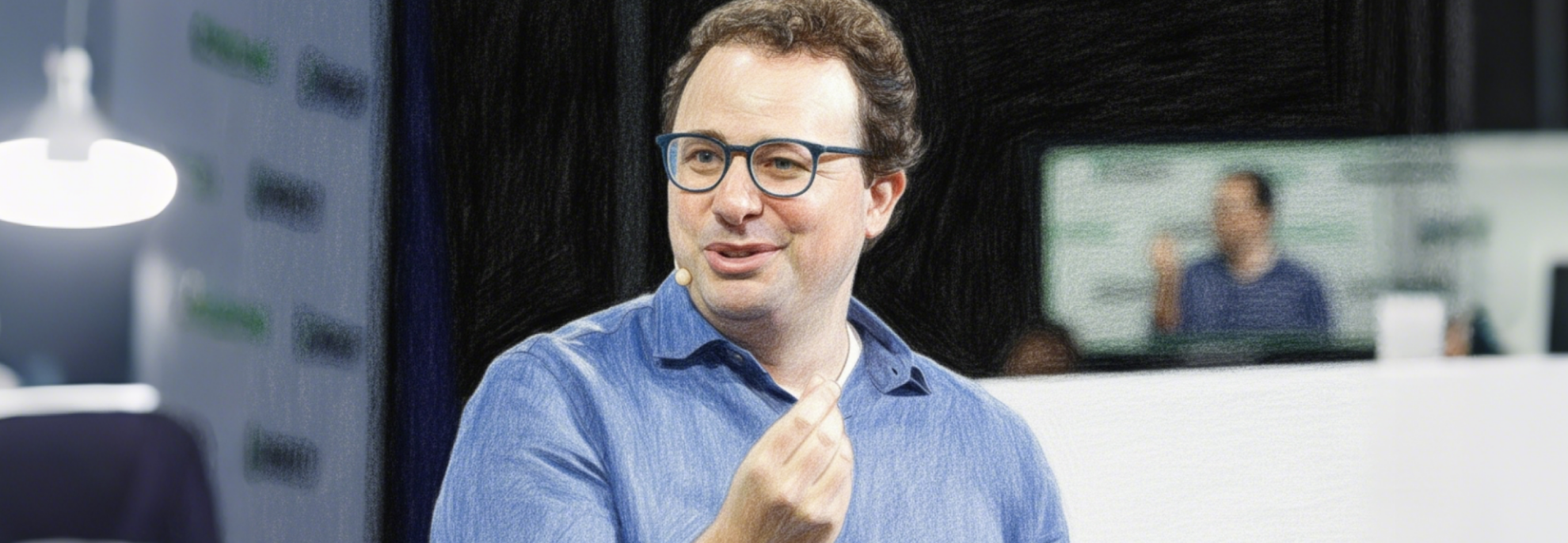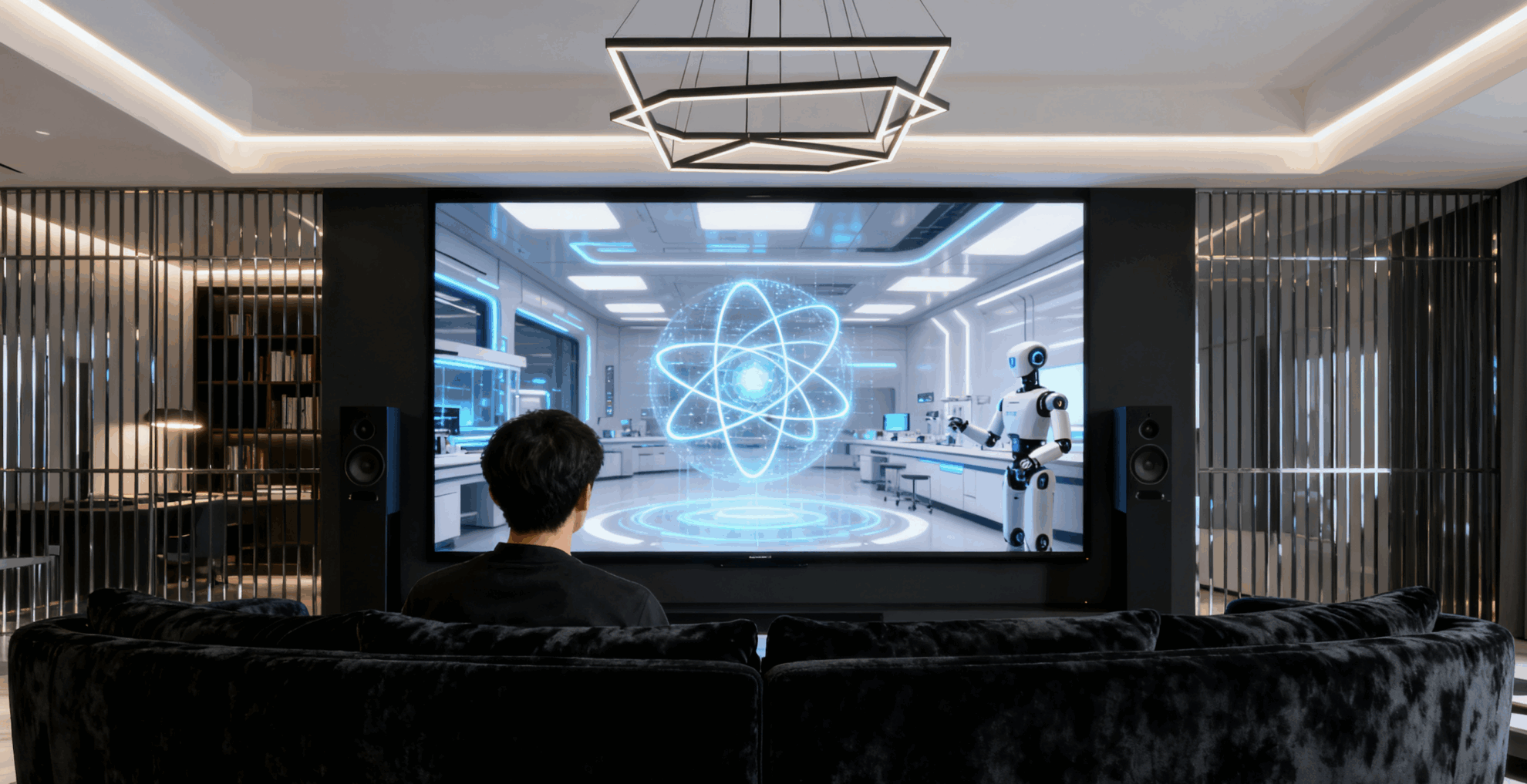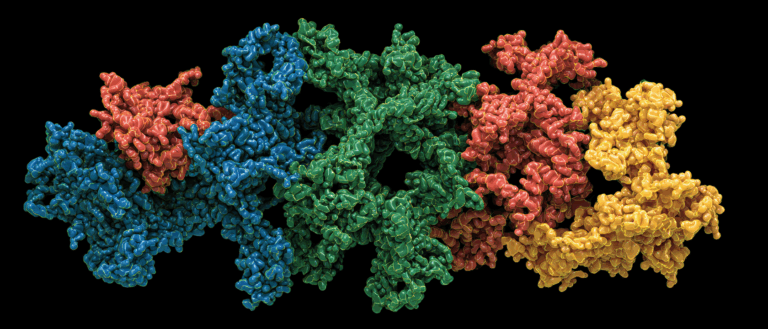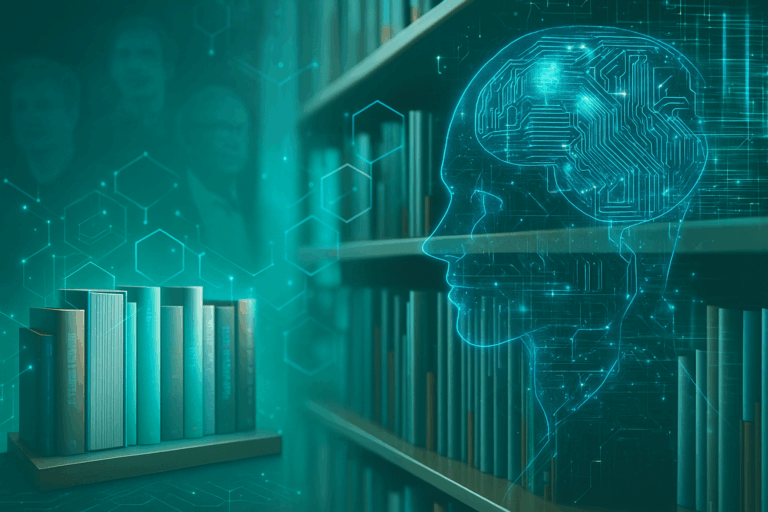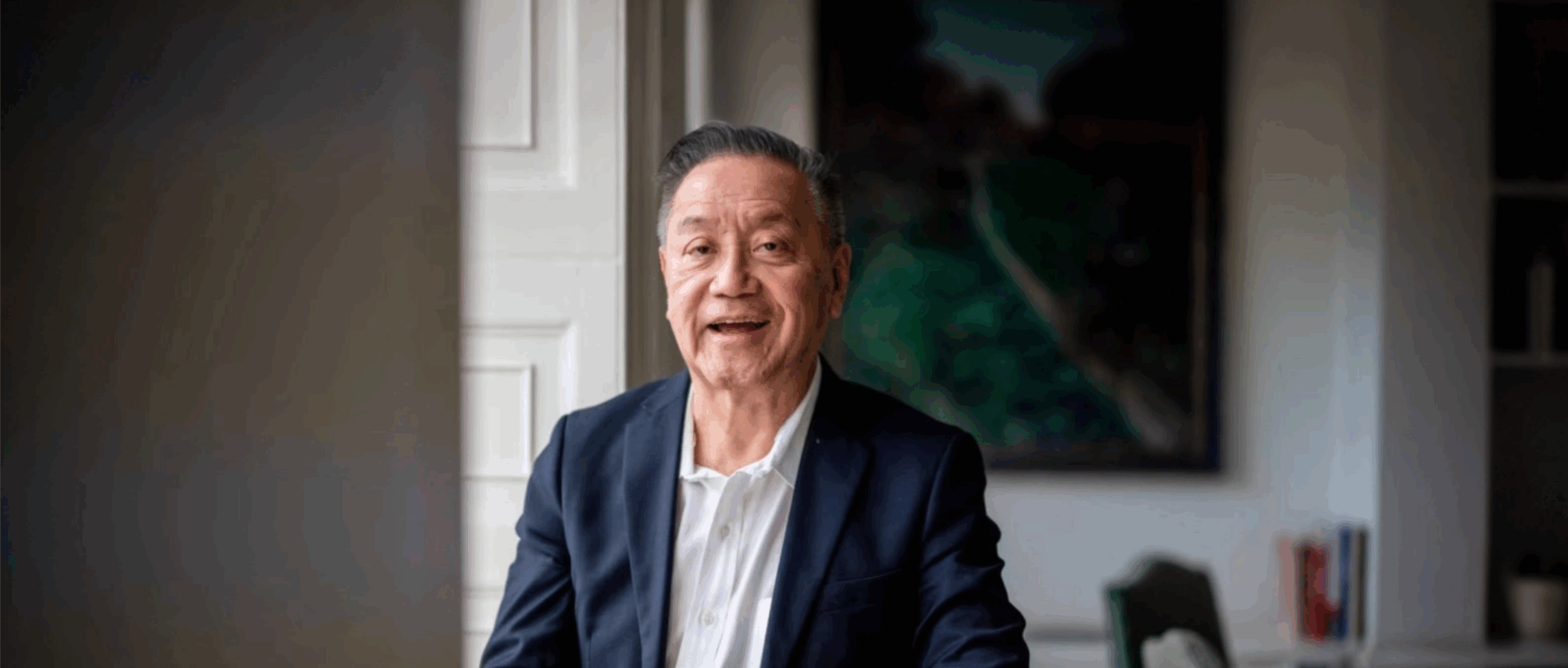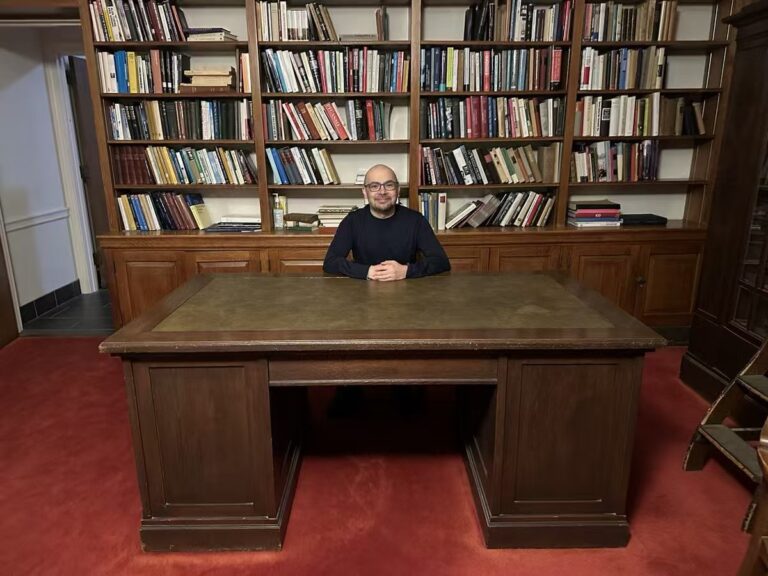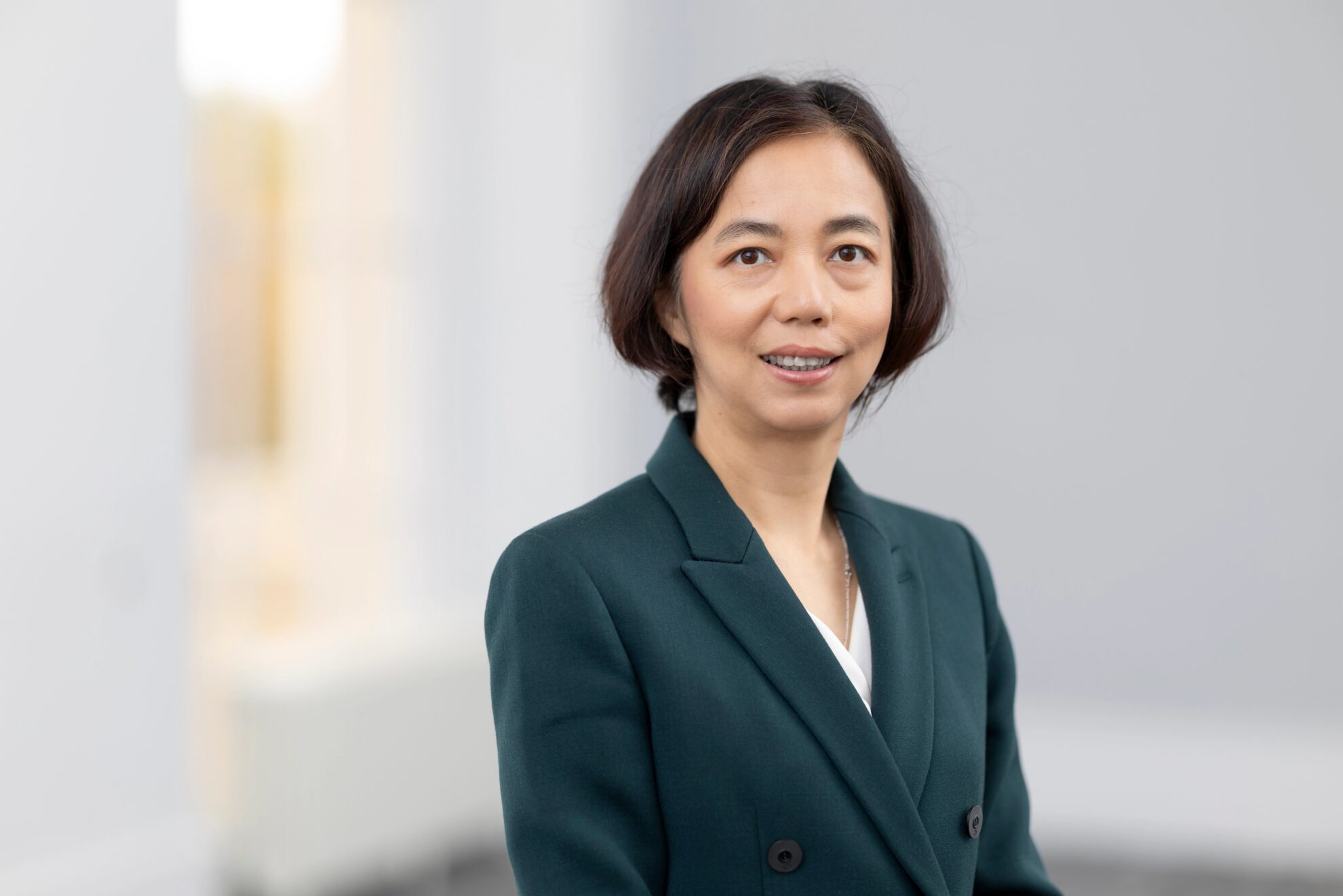Father's Day Tribute: The Technological Founders of Artificial Intelligence

Despite the ups and downs of artificial intelligence, there is always a group of people who insist on promoting the development of this field. On Father's Day, let us take a look at how those people who are called the father of XX have changed the path of AI with their personal efforts.
Let’s talk about Father’s Day.
On this day, people usually express gratitude to their parents. In the field of AI, there are also such "fathers" who have brought new life to this field and shouldered the responsibility of founders.
We have sorted out several scientists and engineers who have made significant contributions. Because of their pioneering contributions in their respective fields, they have been dubbed the fathers of their fields. We would also like to pay tribute to them on Father's Day.
Ian Goodfellow, the father of GAN
Goodfellow is a little young. He is less than 35 years old and is just a new father of a two-year-old child. But Goodfellow won the "The Father of GAN", but it can stand firm in this list.
GAN is undoubtedly the hottest technology in AI recently.Magical functions such as image repair, face swapping, style transfer, etc., all show the magic of GAN., GAN’s approach of pitting two neural networks against each other has opened the door to a new world.
Even LeCun once said,GAN will be the future of AI.
Goodfellow and other scholars proposed GAN in 2014. The birth of this idea is also very interesting. It is said that he was inspired by a sudden idea at a friend's drinking party. Then he spent one night to develop GAN The prototype of .

Goodfellow studied under Andrew Ng, Yoshua Bengio and Aaron Courville. After completing his studies, he received an olive branch from Google. In April not long ago, he joined Apple.
At a young age, Goodfellow has won numerous awards: MIT Technology Review once selected him as one of the 35 innovators under 35; Foreign Policy magazine also listed him among the world's 100 thinkers.
Yann LeCun, the father of convolutional neural networks
LeCun is a professor at New York University and also serves as Facebook's vice president and chief AI scientist. LeCun's most outstanding contribution is hisInvented Convolutional Neural Network (CNN), which earned him the title of The Father of CNN".
In the late 1980s, Yan LeCun first used convolutional neural networks for handwritten digit recognition while working at Bell Labs. Strangely, not many people were optimistic about this epoch-making work at the time.

Today, CNN is widely used in computer vision, speech recognition, speech synthesis, image synthesis, natural language processing, etc., and it also has great potential in applications such as autonomous driving, medical image recognition, voice assistants, and information filtering.
His contributions also include:Improved back propagation algorithm, making it faster;Expanding the application scope of neural networks, turning neural networks into computing models that can accomplish a wide range of tasks. Many of his ideas are now changing the development of artificial intelligence.
When no one was interested in deep learning, LeCun also persisted in exploring and working on it for decades. Finally, in 2018, he, Hinton and Benjio won the Turing Award, which should be the best compliment for them.
The Father of Deep Learning Geoffrey Hinton
Hinton, one of the winners of the 2018 Turing Award, can be said to be the founder and helmsman of deep learning. "Father of Deep Learning"The title of , naturally, belongs to him.
Hinton is a vice president and engineering researcher at Google, chief scientific advisor to the Vector Institute, and professor emeritus at the University of Toronto.
His 1986 paper 《Learning Internal Representations by Error Propagation》A key concept is proposed inBack Propagation, which made neural networks practical.

Invented by Hinton in 1983Boltzmann Machine, and in 2012Improvements to Convolutional Neural Networks, are all pioneering achievements that can be written into the history of AI. In particular, in 2012, Hinton and his students improved the convolutional neural network and made a splash in the famous ImageNet evaluation, crushing other contestants and setting off a huge storm in the field of computer vision.
Hinton has been working on the front line of research for a long time and is also very active in collaborating with the medical community because Hinton has a special family atmosphere. His first wife died of ovarian cancer in her early years, leaving behind two children with ADHD and learning disabilities.

Hinton needed to continue to play the role of a good father under the high-pressure work. At one point, despite the busy work, he still managed to get home at 6 o'clock every night to be with his children.
In the craze of AI, Hinton, like another master-level figure Jordan, maintained a calm and critical eye. They led an era, but always warned people to be cautious, as if they could overturn their own theories at any time.
Michael I. Jordan, the father of machine learning
Michael I.Jordan is a professor at the University of California, Berkeley.Member of the National Academy of Sciences, the National Academy of Engineering, and the National Academy of Arts and Sciences, a major pioneer in the field of machine learning.
From 1988 to 1998, he taught at the Department of Brain and Cognitive Sciences at MIT, where his research covered a wide range of areas, including computing, statistics, cognitive science, and biological sciences.
The great god has always been extremely energetic. In recent years, he has also penetrated into Bayesian non-parametric analysis, probabilistic graphical models, spectral methods, kernel methods and other aspects. He has also made considerable achievements in the application of distributed computing systems, natural language processing, signal processing, statistical genetics and other problems.

Jordan is known as the "Father of Machine Learning", which is well deserved. If we were to choose his most outstanding achievement, it would probably be promotingThe fusion between machine learning and statistics, and aboutParametric and nonparametric modelsresearch.
As an expert in machine learning, Jordan has won numerous awards in the industry and was once named the "most influential computer scientist" by Semantic Scholar.
Jordan and Hinton can be regarded as two of the great pioneers of machine learning.FounderMost of the big names active in the field of AI today are his disciples. For example, Yoshua Bengio, Andrew Ng and others are all his disciples. Ian Goodfellow mentioned above is also his grandson!
Sure enough, people named Michael Jordan are all god-like.
They are the fathers of technology and the founders of artificial intelligence
The development of artificial intelligence has gone through several booms and winters, but it is precisely these great leaders that have led to the vigorous development of AI today. Thanks to the efforts of technical people like them, this idea that was originally just in the laboratory has become a technological achievement that can be enjoyed in work and life.
While we fully enjoy the fruits of technological transformation of society, we should not forget that it is because of these fathers that we have the opportunity to stand on the shoulders of giants and achieve our goals faster and more accurately.
Compared to the title of "Father of XX", these dedicated scientists are more concerned about how to make further breakthroughs in AI and better benefit mankind.

I wish these great people a happy Father's Day! I also hope they can "give birth" to more powerful theories and technologies.


